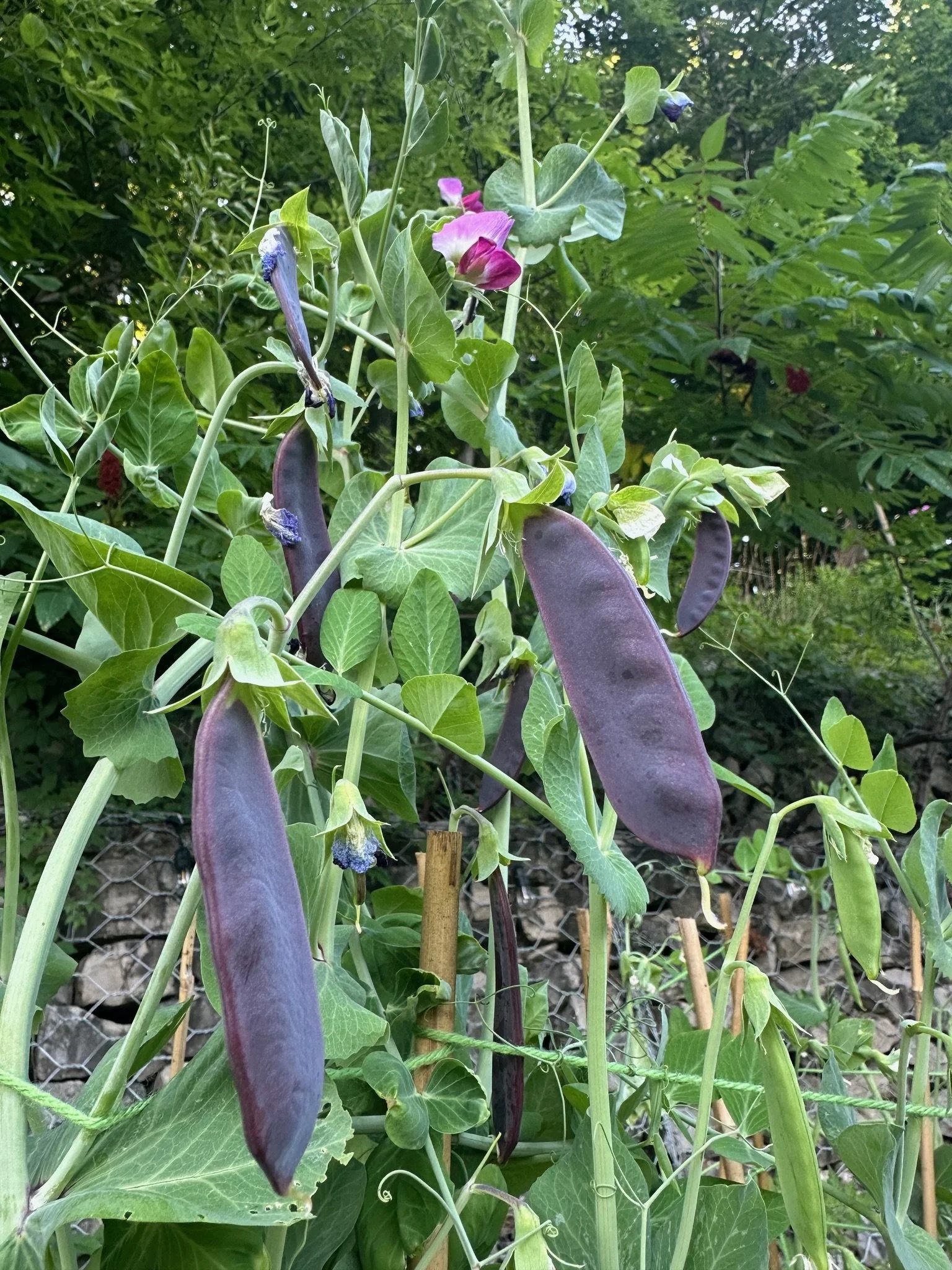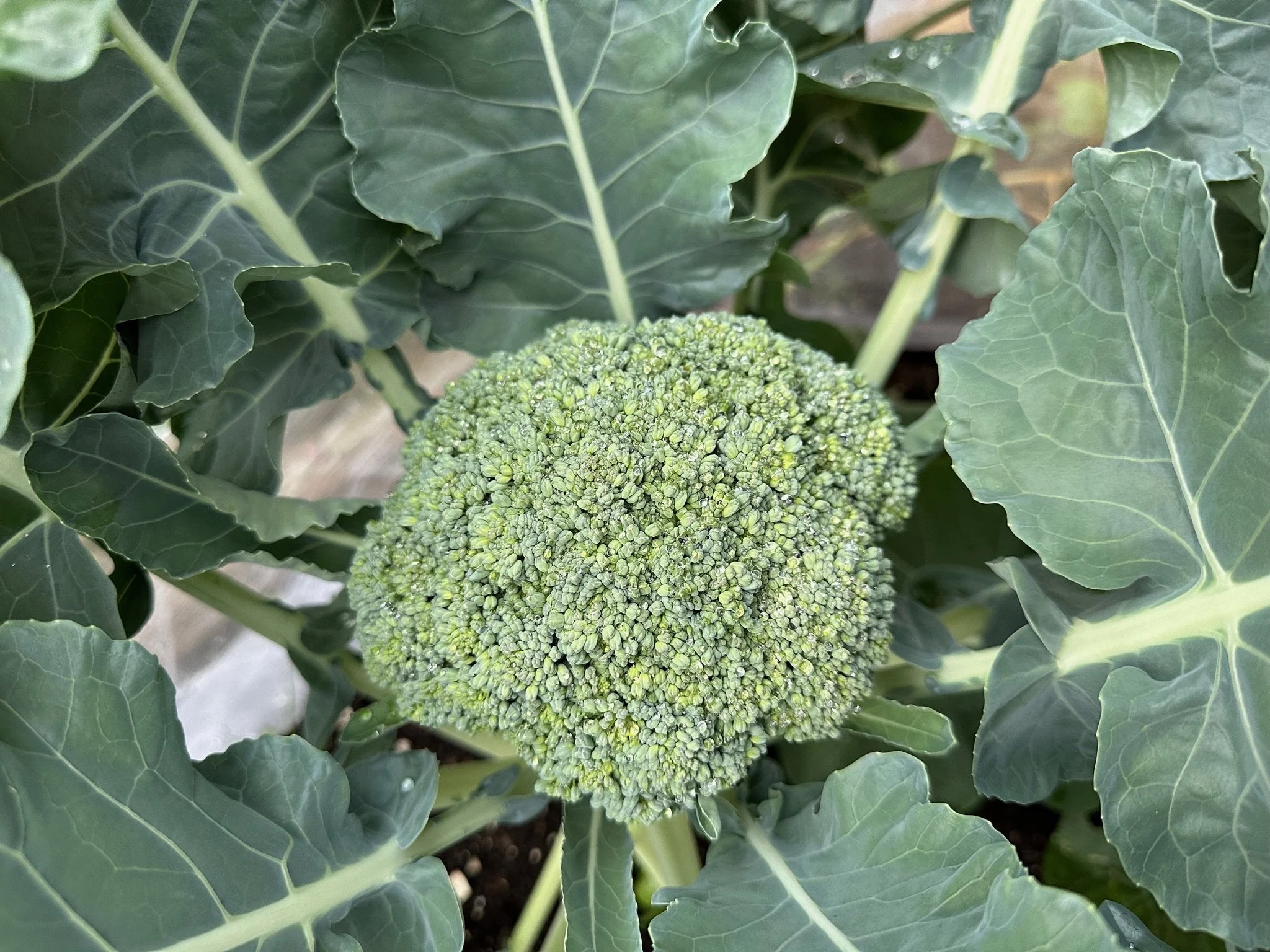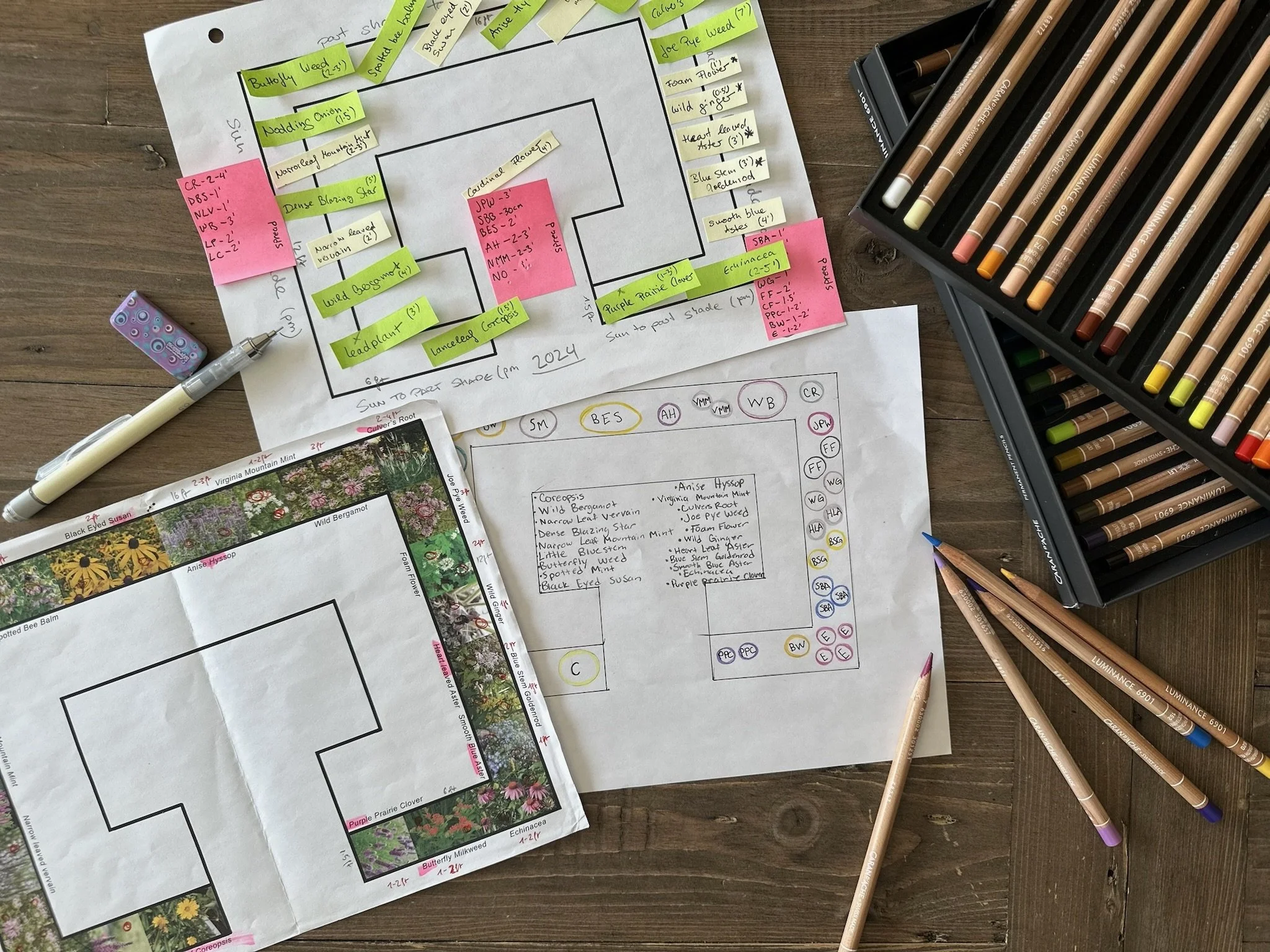How to Companion Plant With Natives
What is Companion Planting?
Companion planting is the practice of growing different plant species together to enhance each other's growth and development. It boosts the health and productivity of your crops, provides natural pest protection, and attracts essential pollinators—key players in producing many of the fruits and vegetables we love. By incorporating native plants into your companion planting strategy, you can maximize these benefits while fostering a thriving ecosystem in your garden.
When discussing companion planting with native plants, the focus shifts to two main objectives: supporting vegetable and fruit pollinators throughout the growing season and attracting beneficial insects. Companion planting can also serve as an effective form of Integrated Pest Management (IPM), naturally managing pests without relying on chemical solutions.
Why Native Plants Are Key
Native plants are uniquely adapted to their local environment, making them reliable, low-maintenance options for supporting biodiversity. They attract beneficial insects that pollinate flowers, control pest populations, and contribute to a balanced ecosystem. These plants also provide habitat for birds, butterflies, and other wildlife, fostering a garden full of life and productivity.
Using a variety of native plants enhances biodiversity and resilience. Deep-rooted plants can access nutrients unreachable to shallow-rooted ones, while tall plants offer shade and wind protection to shorter crops. Staggered bloom times ensure pollinators have a steady supply of nectar and pollen throughout the season, strengthening your garden's ecosystem against pests, diseases, and environmental stressors.
How Native Plants Can Help With Pests
Some pests can harm your vegetables, but native plants can help by attracting insects that deal with these pests for you. For instance:
In North America, tomato hornworms can be a problem. The Braconid Wasp, a tiny insect that loves native plants like Yellow Pimpernel, can naturally control this pest.
In Europe, the Bright-line Brown-eye moth causes trouble for tomatoes. Attracting Trichogramma Wasps with native plants like Achillea tomentosa (a type of daisy) can help manage this issue.
Once you know what pests to watch for and which native plants to grow, keeping pests under control gets a lot easier.
Building a Thriving Garden
Native plants also improve soil health by enriching it with organic matter as they grow and decay. Their deep roots enhance soil structure, creating channels for water and air. Mycorrhizal fungi that form symbiotic relationships with native plants further boost nutrient uptake and protect crops from pathogens. Incorporating these plants ensures a sustainable, fertile garden environment.
To support pollinators year-round, integrate native plants with staggered bloom times. This approach bridges gaps during periods when key crops aren't flowering, ensuring a continuous supply of resources for insects like bees and butterflies. By cultivating a diverse array of native plants, you can create a garden that's not only beautiful but also productive and resilient.
Feeling overwhelmed? No worries—we’ve got you covered! Start with our companion planting visual for Vegetables and Fruits, a handy guide to help you get started. Looking to integrate native plants? Our Vegetable and Native Companion Plants list is an excellent resource for planning your garden with pollinators in mind. before “It’s just the beginning, but it’s a fantastic tool for creating a thriving, pollinator-friendly space. It’s just the beginning, but it’s a fantastic tool for creating a thriving, pollinator-friendly space.
Curious to learn more about pollinators? Explore our posts here, to discover more about these essential creatures. We regularly update our resources, so be sure to check back for new insights!














